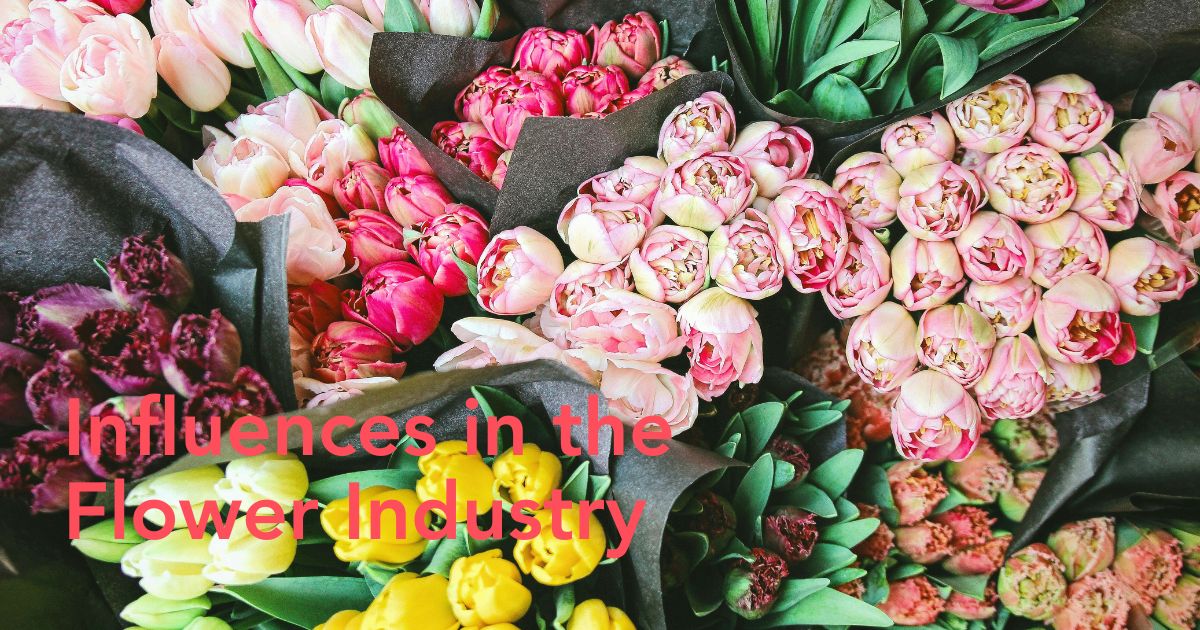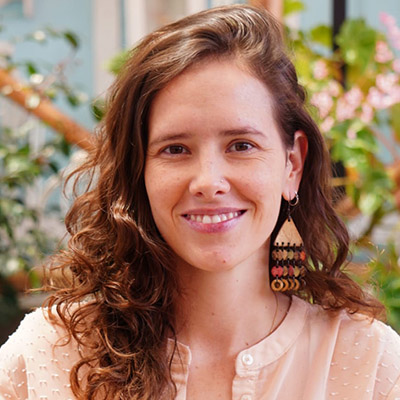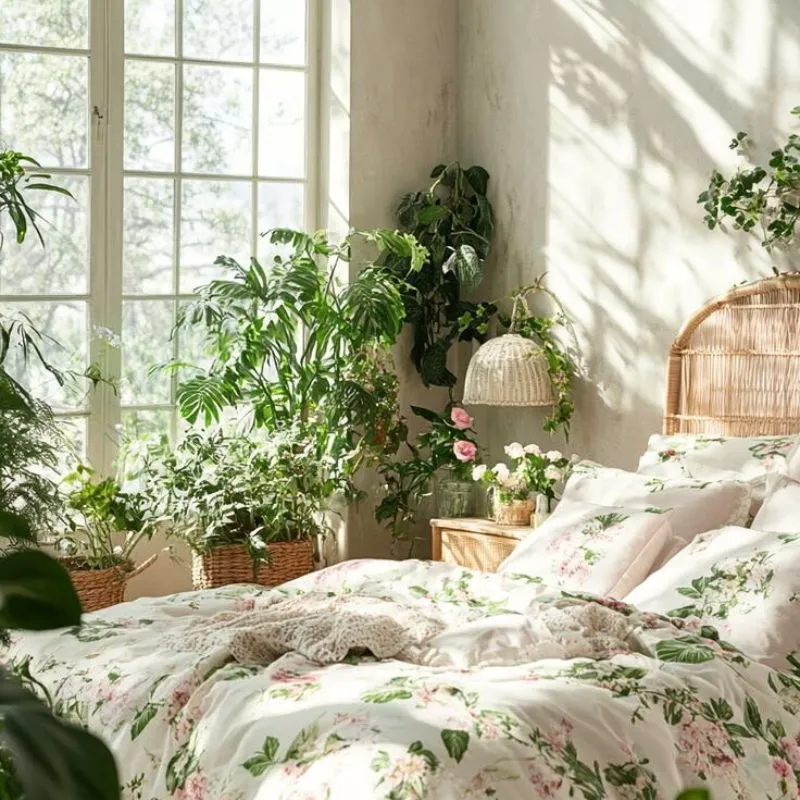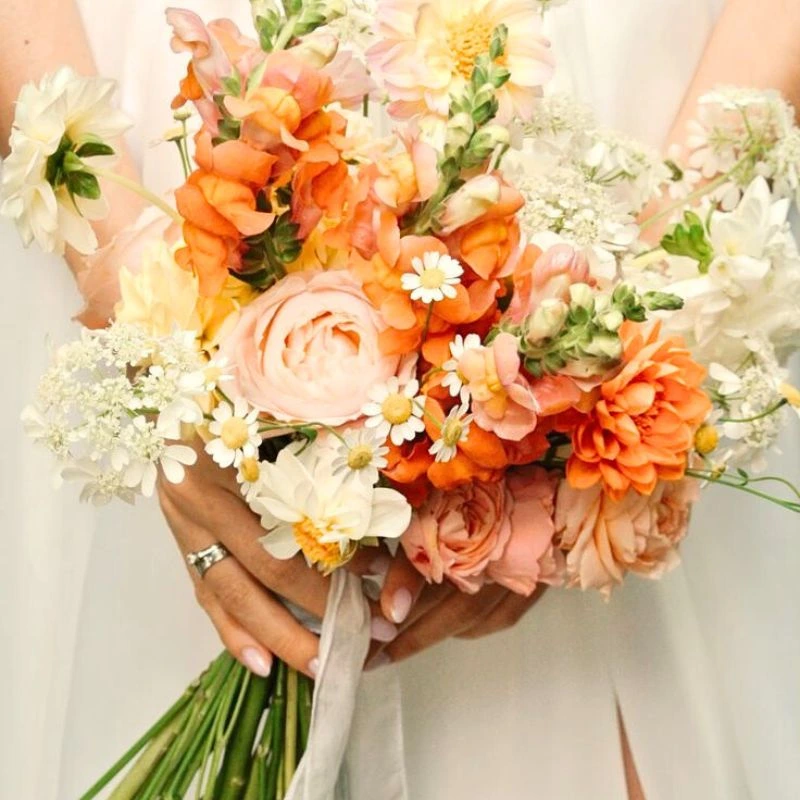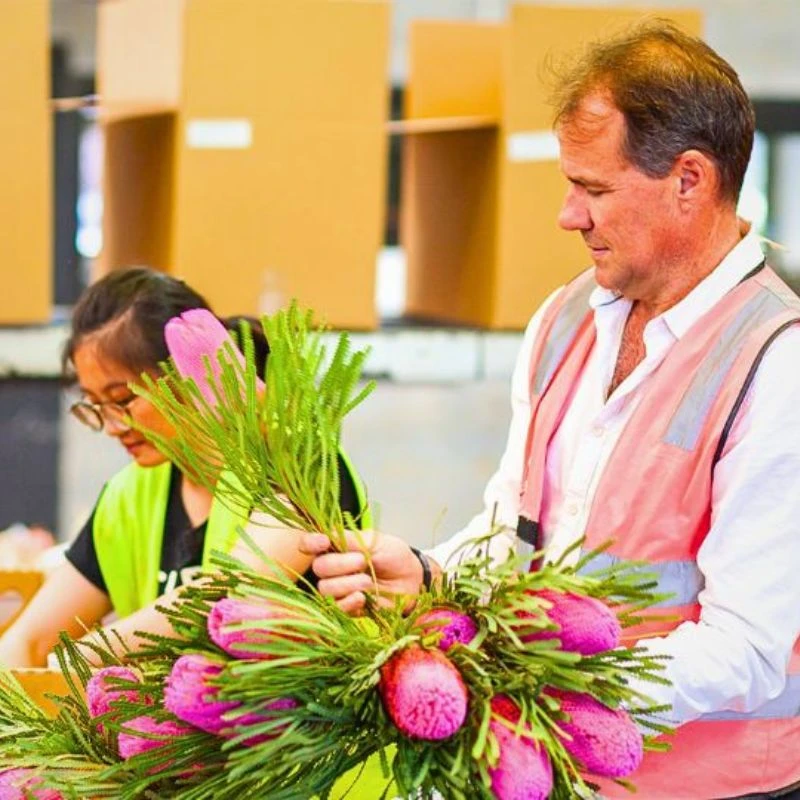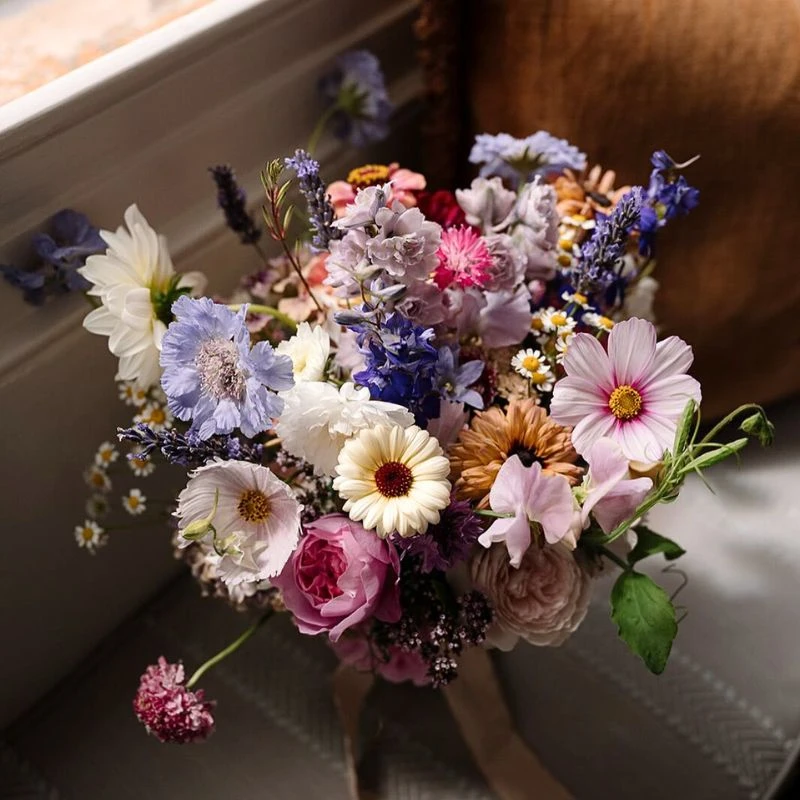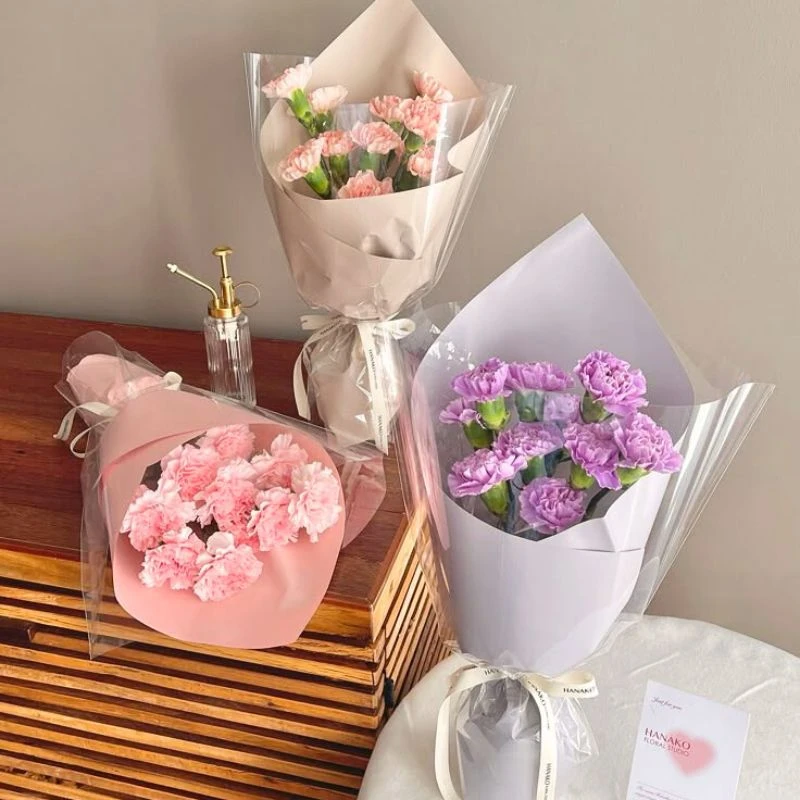In the dynamic world of floriculture, the interaction between producers, wholesalers, florists, and end consumers creates a fascinating ecosystem of influences. But who drives the reins of trends? Does inspiration come from the fields of crops or from the creations of floral designers? Through interviews with industry experts, I explored these questions to gain a deeper understanding of the influence flows within one of the world's most dynamic markets.
Floral Buzz in a Hyperconnected World
Historically, the flow of floral trends followed a predictable pattern from top to bottom, mirroring the distribution chain where producers and importers determined which varieties would reach the market. However, this paradigm is radically changing.
I consider that today, the flow is more from the bottom up since trends are highly influenced by what the end consumer wants to see: brides, floral designers, boutique florists who even on social media mark what is fashionable or trending. Another expert's estimate suggests that currently, there is an 80% consumer demand and a 20% production supply in the industry. This transformation reflects a more democratic market where the end consumer has a voice and a vote.
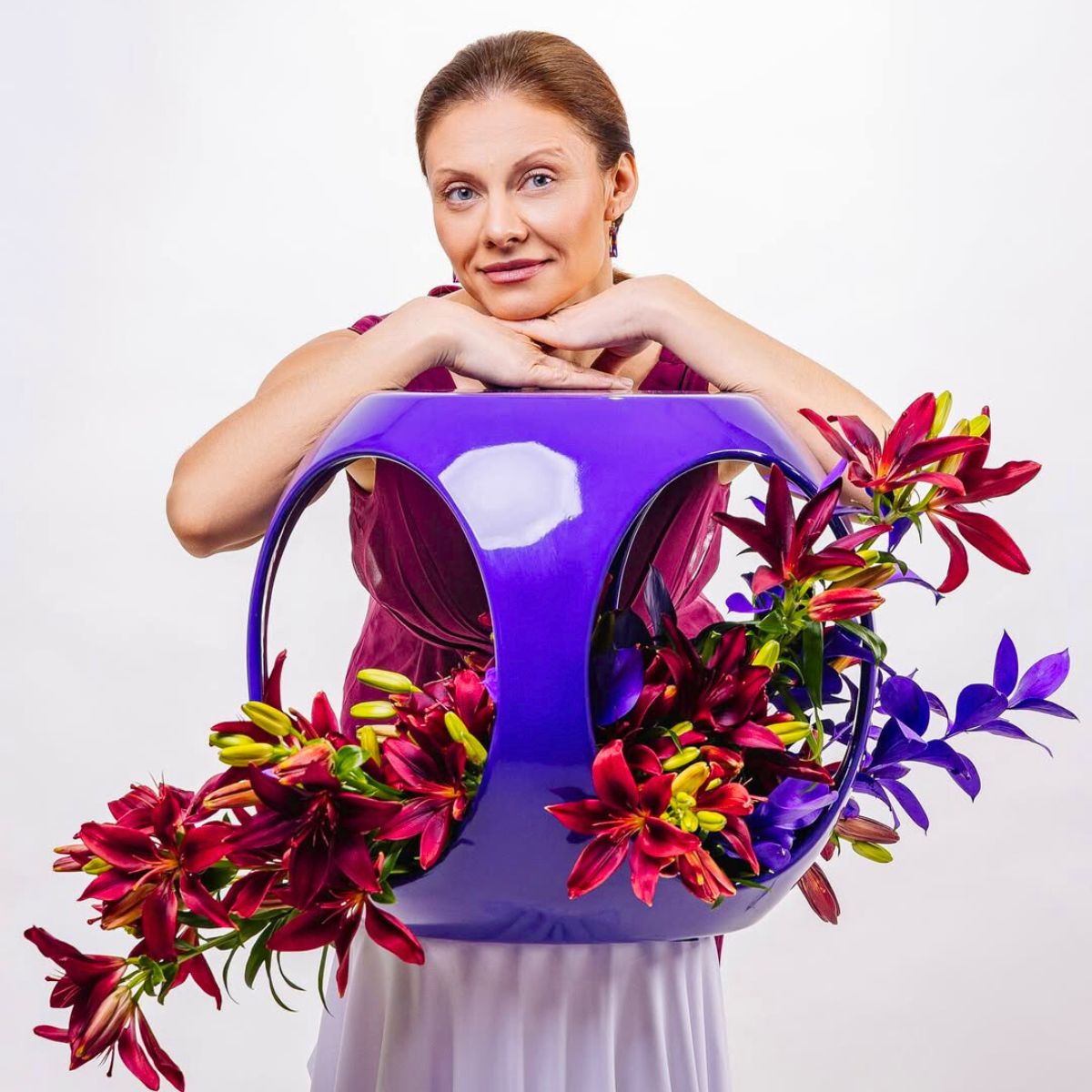
Photo: Bredefleur
Clearly, digitalization has revolutionized the way floral trends spread. Platforms like Instagram and Pinterest have democratized access to information, creating a much more fluid communication and spread. Access is significantly more direct.
Nowadays, with the existence of social networks, everyone can follow everyone else and find out what a person on the other side of the world is doing... well-known florists publish their designs, smaller flower growing farms and florists keep an eye on what they do.
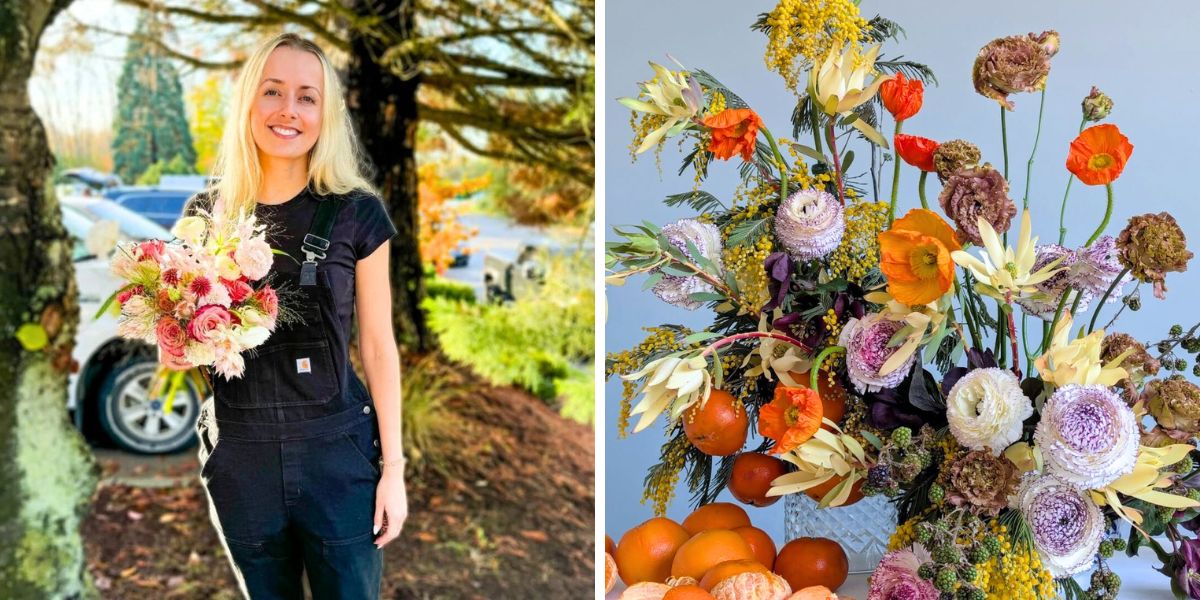
For some experts, nowadays, it is almost certain that social media is the driving force of trends. This hyperconnectivity allows aesthetic innovations to travel globally at never-before-seen speeds, which exceed the capacity to react, and that for many is still difficult to understand.
When Viral Trends Outpace Production
Now it is a matter of a design going viral so that it sets a trend. In this case, whether a video of a design goes viral has to do with many factors, which are often unpredictable. This is where the difficulty of the producer's reaction lies, since, in a trend created by a viral video, there is no real relationship with the ability to obtain it, produce it, have it available at that moment, etc. We know that we are talking about a perishable product that involves many aspects in its production that cannot always be resolved or ignored when faced with the request of a client motivated by a viral video.
However, the reality is this: High-profile florists have emerged as true trend setters, who are capable of transforming market demand with a single viral design. When a renowned florist uses a flower in a high-profile wedding or a viral design, the demand for that flower can literally explode in a matter of days. They are visual and emotional opinion leaders. What they showcase becomes what is desired.
This phenomenon has given floral designers unprecedented power.
As Regine Motmans notes:
"Floral designers, especially those working at the highest levels, are true pioneers within the world of floriculture. Through their creativity, vision, and the ability to capture emotions in their work, they not only reflect existing trends but quite often establish entirely new ones."
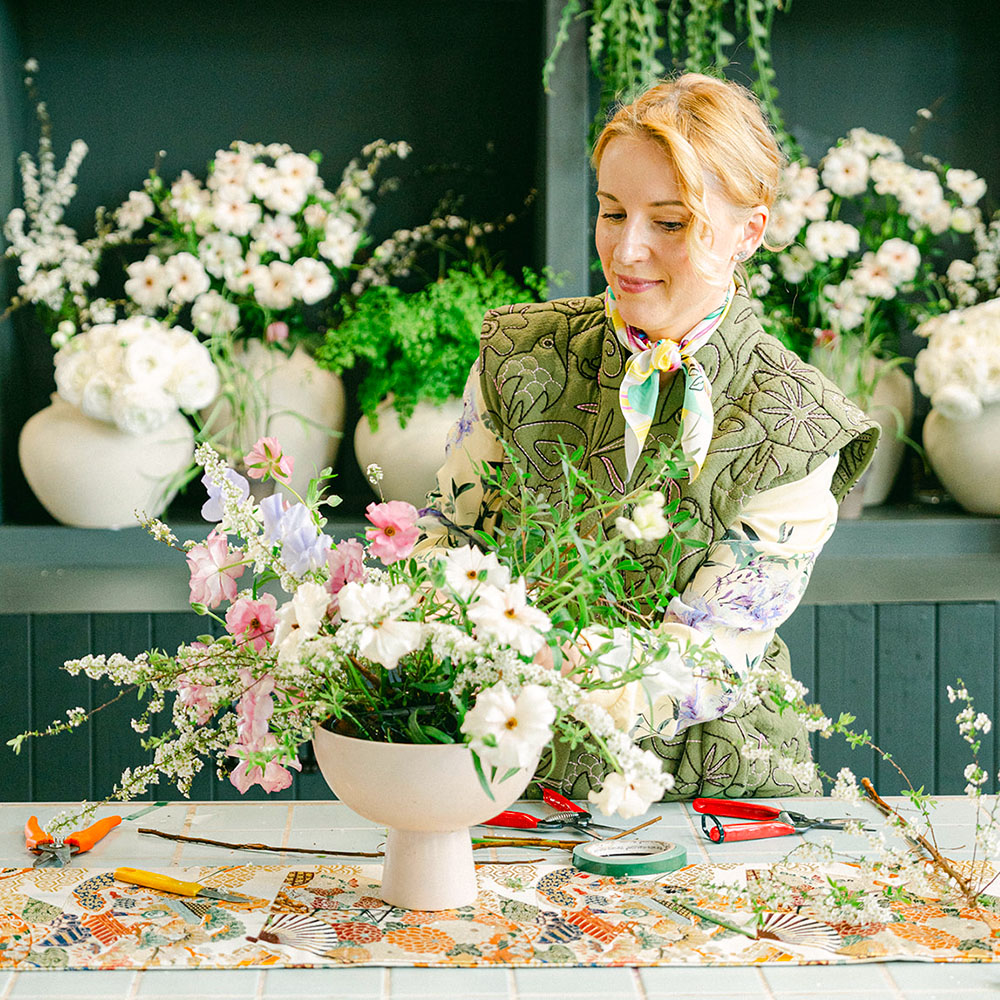
In spite of these changes, large wholesalers continue to exercise a considerable influence within the market.
I think it's still too much, unfortunately. The large wholesalers have a great deal of power since they buy a lot, and of course, they are the ones that are going to define for the farms what they plant and what sells the most. This happens especially in second-hand markets, which are ultimately the ones with the highest consumption. But the influence of designers upon new trends ends up benefiting these markets by chance.
This dynamic creates an interesting tension where, on the one hand, florists and end consumers push new demands forward, but on the other hand, wholesalers still control much of the flow of products, and are slower to take risks, as well as to follow trends that appear and go viral quite quickly. However, the clear trend is toward a greater empowerment of the end consumer, where the flower-growing farm can hold a greater capacity to satisfy both the florist and the end customer.

Continuous Evolution of the Floral Industry
The floral industry is in a fascinating moment of evolution where each actor, from the breeder to the end consumer, has opportunities to influence trends. The democratization of information is gradually balancing power, although there is still a long way to go.
Florists are increasingly influential, but still not enough... more and more people buy directly, they have more and more information available and know more about the market, they even take trips to visit the flower growing farms... perhaps one day, hopefully, they will have much more influence.
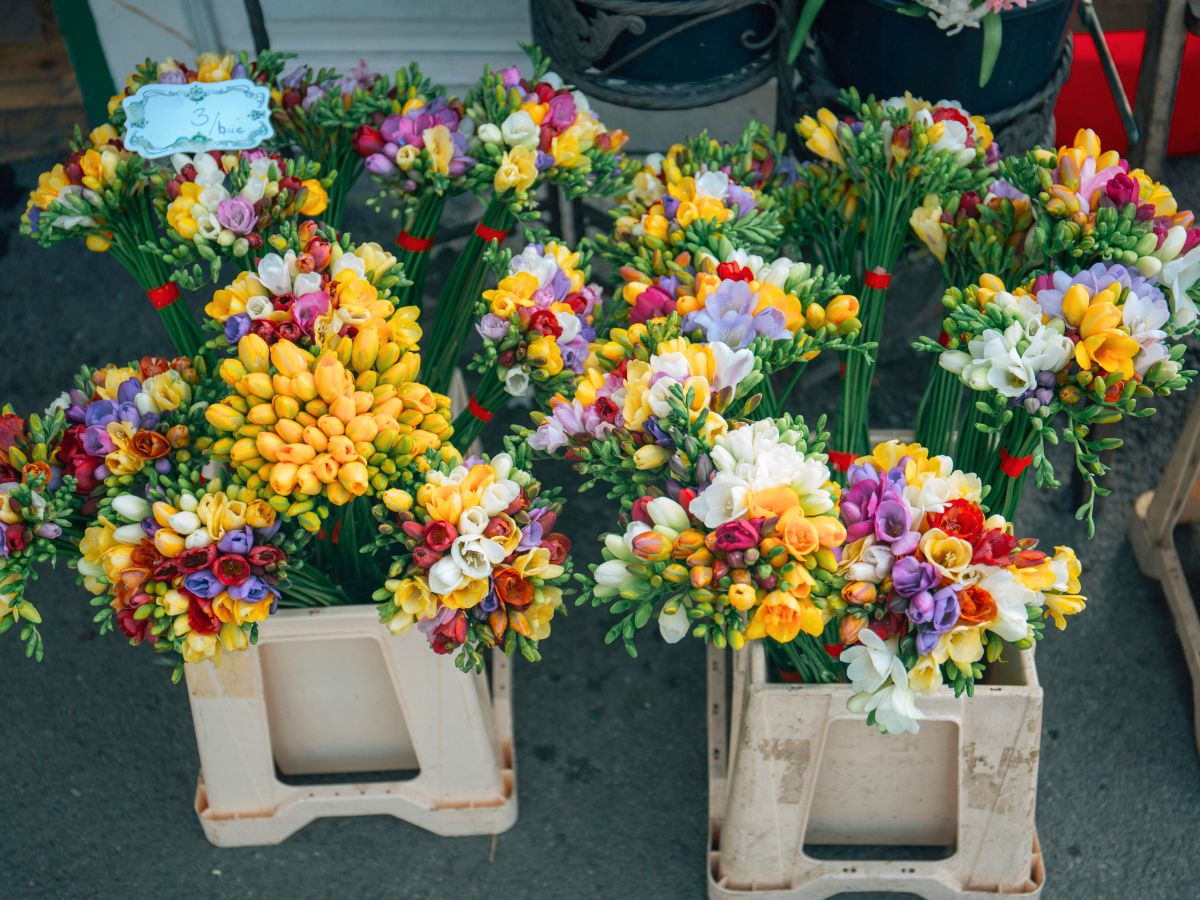
In this dance of influences, what is evident is that in the current era of connectivity and permanent communication, the chain has evolved towards a circular form, where influences move more at the base than at the top of the chain.
For this reason, it is essential to educate and, from the productive sector, amplify communication, revealing each process so that both the florist and the end consumer understand what each flower represents and entails.
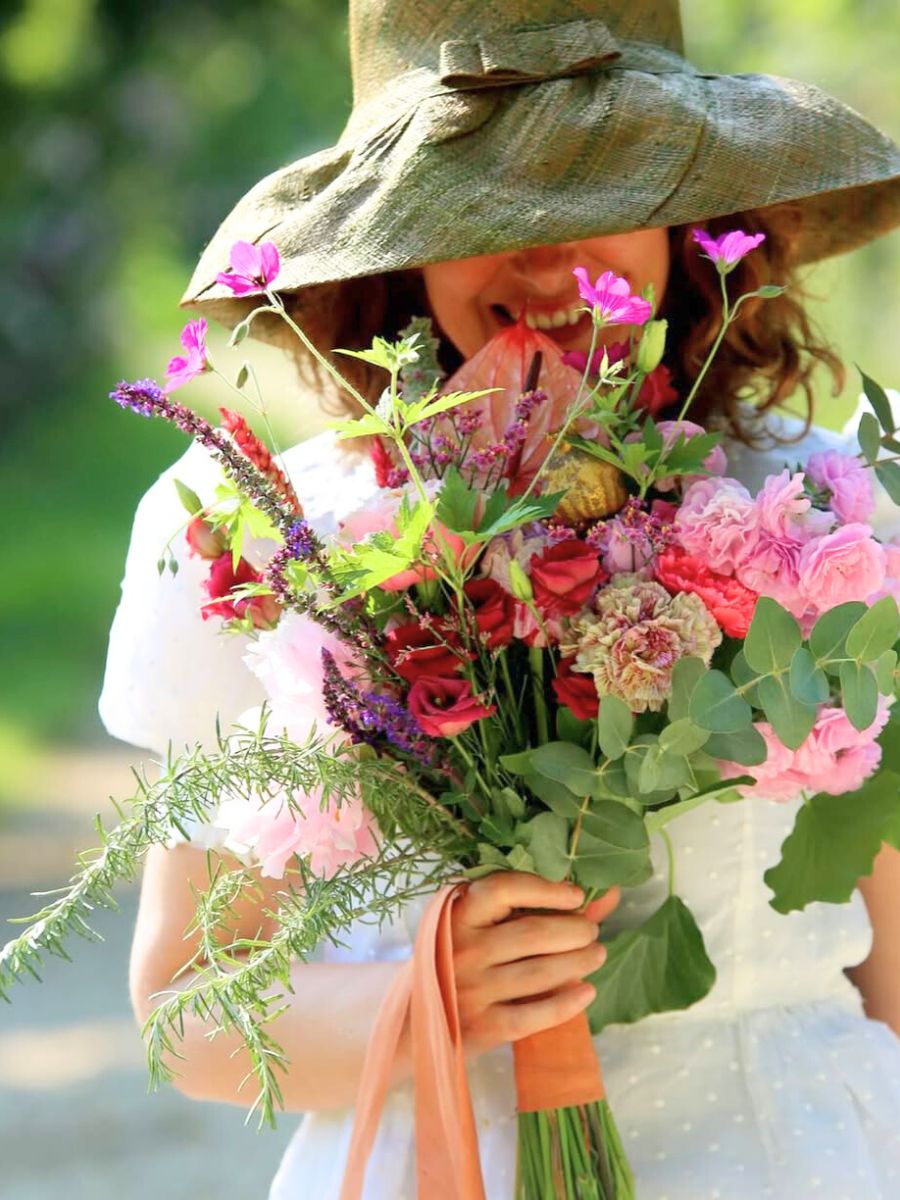
This communication must become progressively more transparent and direct. Within our industry, we all depend on each other, holding a common purpose: nature provides us with flowers, but it is the experience of both breeders and producers that allows that natural beauty to be transformed into authentic works of art.

